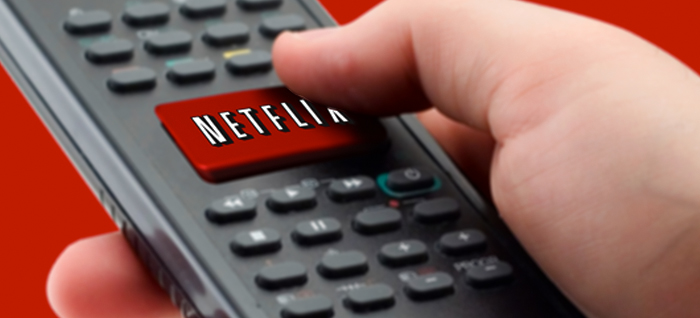To me, the most fascinating part of Netflix’s earnings release for the past quarter [PDF] is the section on original programming:
One way to think of originals is in terms of brand halo. If we are able to generate critical success for our originals, it will elevate our consumer brand and drive incremental members to the service. That took HBO nearly a decade to accomplish, so we don’t expect overnight results. The breadth of media coverage we already get, though, for the highly anticipated new season of “Arrested Development”, as well as for “Lilyhammer” and “House of Cards”, has been great.
In marketing, this kind of press coverage is sometimes called “earned media.” In particular, original programming ideally gets Netflix media coverage both in places that always cover the company and in places that never did before.
Another way to think of originals is vertical integration; can we remove enough inefficiency from the show launch process that we can acquire content more cheaply through licensing shows directly rather than going through distributors who have already launched a show? Our on-demand and personalized platform means that we don’t have to assemble a mass audience at say, 8pm on Sunday, to watch the first episode. Instead, we can give producers the opportunity to deliver us great serialized shows and we can cost-efficiently build demand over time, with members discovering these new franchises much in the same way they’ve discovered and come to love shows like “Mad Men” and “Breaking Bad.” In this regard, we are happy to report that in terms of cost per viewing hour, which is how we evaluate content efficiency, “Lilyhammer” so far performs in line with similar premium exclusive content that we currently license.
As Nav and Robin point out, “cost per viewing hour” is both really fascinating and really pointless. (Maybe it’s fascinating because it’s pointless.)
You could say, “who cares how much people WATCH any particular show?” It doesn’t make you any extra money. What matters is whether that content makes people fork over their cash each month — if a family gets or keeps their Netflix subscription precisely because they can watch new seasons of Arrested Development or the whole back catalog of Mad Men.
But that’s almost impossible to measure. And these are edge cases, to say the least. More people aren’t going to make this decision hinge entirely on a single piece of content, or even a whole passel of it, like Starz’s. It’s an aggregate thing — you want to feel like you’re getting value out of the service. And cost per viewing hour doesn’t seem like a bad way of doing that.
It’s definitely a good way for Netflix, which doesn’t have unlimited resources, to think about how it’s going to spend its money. (Maybe it spent too much money on Mad Men.) Netflix wants programs that are beloved, not beliked. And if it can get them for less than HBO is spending for the same kind of content, that’s even better.
Finally, a third way to think about originals is as a hedge, in case, say, FX chooses not to license us prior seasons of their next hit as good as “Sons of Anarchy”. FX in this case would seek to monetize prior seasons of their next hit in parallel to how HBO does, in other words, only on “FX GO”. As long as we can better monetize prior seasons, through both scale and technology, than anyone else, then this scenario is not likely, except from a premium TV competitor like HBO that is strategically motivated to impede our growth.
Oh ho ho, Netflix, you wascally wabbit.
Hmm, you want to try to do your own thing and syndicate yourself online? Good luck with that. It’d be a shame if it turned out you weren’t able to make any money doing that.
Netflix can go to networks and say “we can make more money from your old content than you’ll ever make yourself.” It can go to creators of new shows, and say “we can make you money online, forever, and FX can’t do that.” Networks that don’t have HBO scale have extra reasons to play nice with Netflix.
As we build our capability in originals, we will have some advantages relative to our competitors. Namely, we have extensive user viewing history and ratings data to allow us to better understand potential appeal of future programs, as well as a very broad and already segmented audience. At the same time, we don’t face the same pressure as linear or ad-supported online networks to deliver ratings. Finally, we should be able to use our size and international scale to bring the best original and exclusive content from anywhere in the world to anywhere in the world. This is a real advantage over our regional competitors.
Two constant themes in all my tech writing come together here:
- Global, global, global;
- Whoever knows customers best wins.
It’s a good day for Netflix. I don’t know exactly what the stock market is up to, or how it will react in the long run, but it feels like Reed Hastings knows what he’s doing again.
Disclosure: Robin Sloan owns one share of Netflix stock.
